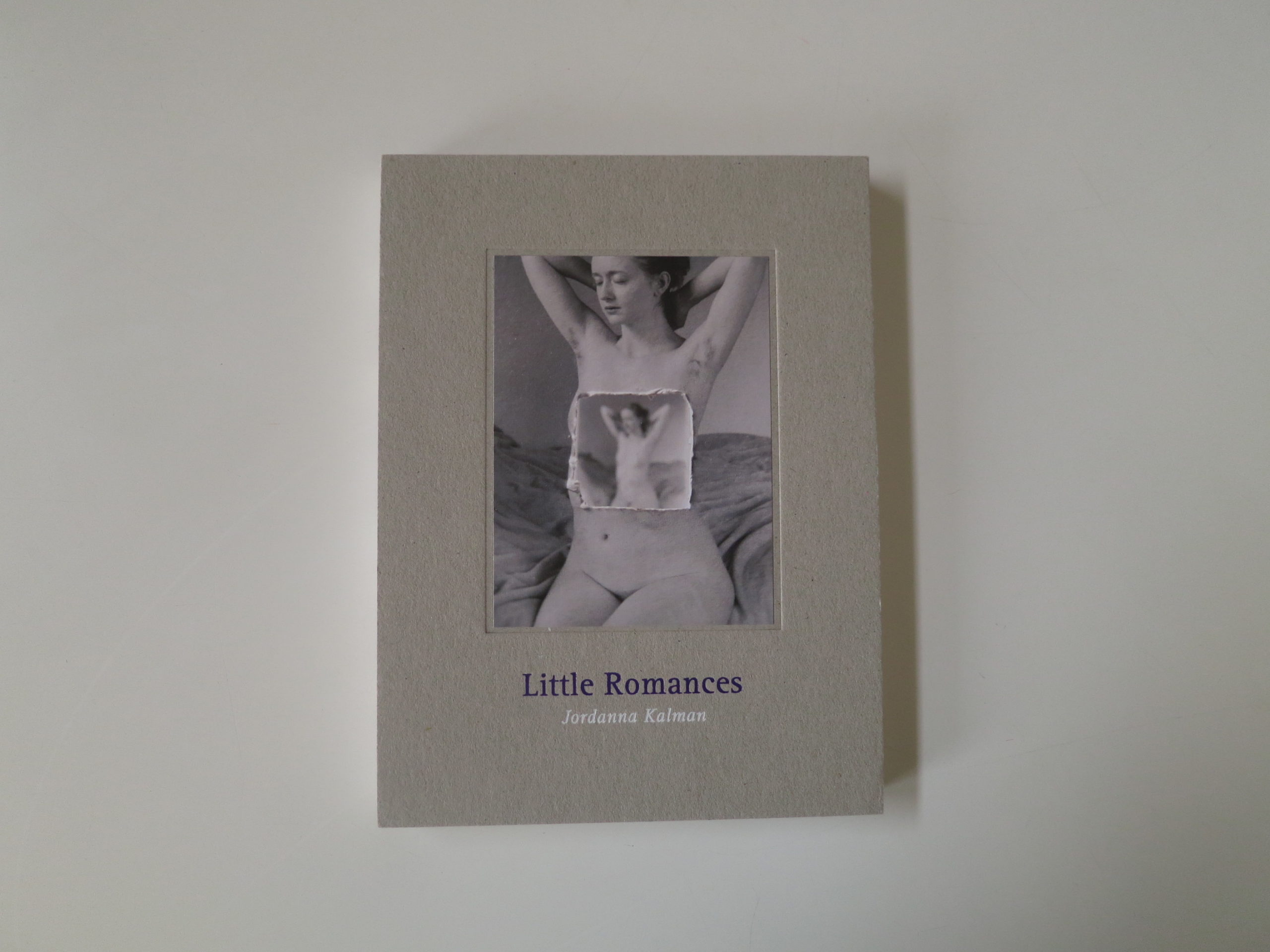
I’ve been thinking about this column for a long time now.
(Six months, maybe eight.)
I even wrote it once, but then decided not to publish, as it didn’t feel right at the time.
Thankfully, today is the day, due to some unforeseen coincidence, or divine intervention, depending on your perspective.
It began two days ago, when I was scrolling through Instagram, and came across a photo of a very attractive, naked young woman, getting into a swimming pool. (Or something like that, it was a quick look.)
The image reminded me of something out of Playboy in the 80’s, and I was stupefied for a moment.
Doesn’t Instagram have rules against this sort of thing, I wondered?
I scrolled back to the photo, and clicked on the person’s profile, and lo and behold, there was an entire set of similar images.
Very pretty young women, naked, and shot in color by a white, male photographer who appeared to be in his 30’s or 40’s.
It didn’t conform to the stereotype of the leering, older man shooting black and white photos of nude women standing below big rocks, or leaning on trees suggestively.
No, this was more modern than that, and really, I couldn’t help wonder how this was deemed appropriate in #2020?
For all the media buzz around the shift in power dynamics, and the need to respect the perspectives of women and People of Color, it seemed so out of touch with contemporary reality.
So I did a Facebook post about it, without naming the artist, (as I’m not now, though I did reach out to him for comment, but he declined,) and not surprisingly the feedback was voluminous and fierce.
One artist, who does thoughtful nude work in black and white, suggested there was more nuance than simply deeming the entire practice off-limits, but in general, the tenor of the conversation was one of frustration, shock, not-shocked-at-all-but-angry, and cynicism.
How could any artist working today, one formed by the reality of the 21st Century, think it was OK to shoot pin-up soft-core porn and see it as art?
Much less post it on a public platform like Instagram?
So I went to his website, and there is a section for nudes, and a blog post about the ethics, that was written many years ago.
This was no random experiment, or so it would seem.
And speaking of random, and the potential of chance, part of why I waited so long to re-write this column was that I couldn’t find one of the two books I’m going to feature.
I had it once, decided not to review it, tried to review it with this companion book, and then it disappeared.
(My wife is known in our home for moving things around a few times a year.)
I wanted to write this column, and felt bad about losing the book, but I simply could not find it, no matter how many times I searched for the spine on my book shelves.
And then… on the same day I saw that Instagram image, I found myself looking down at a little Indonesian chest, upon which my wife had set a small pile of novels.
I noticed a book at the bottom, and it had one of those spines in which you can see the book binding, but there was no information at all.
Could it be, I wondered?
What are the chances?
Sure enough, I reached down in hope, and picked up Jordanna Kalman’s “Little Romances,” published by Daylight in 2019.
Hallelujah!
Eureka!
Fuck yeah!
We were in business, because it meant I could bring this column out in the perfect week.
The other book we’ll look at, “A Piece of Dust in the Great Sea of Matter,” was self-published by Melissa Borman in 2019, and both women wrote to me directly last year to see if I’d review their books.
These didn’t just show up in the mail because some PR Agent somewhere hoped I might cover them.
They chose me, and so I gave the books consideration, but each time, it didn’t feel quite right.
In each case, the taste level felt a touch off from what I like.
They were edgy, but not quite enough. Poetic, but in a heavy-handed way.
Imperfect, but not like an intentional extra thread on a Navajo rug.
(I subjected them to my “Goldilocks” standards, and they came up wanting.)
But then, I read an OP-Ed in the NYT by Brit Marling, the writer, director, and actor, (who starred in the Batshit-crazy Netflix series “The OA,”) and it got me thinking.
She discussed the idea that the Hero’s journey, basically the base-level operating code of all storytelling, was totally male-centric.
Which I get.
Thousands of years of men telling stories about men doing manly things.
So I asked myself, is my taste so male-centric, (given that I’m a man,) that I might occasionally have a blind spot to overtly female-centric work?
Even though I’m a feminist, and show female artists all the time?
I wrote this in a column, but as I said above, it wasn’t the right column for the right day, so I set it aside. (And promptly lost Jordanna’s book.)
At the time, I remember thinking the books were sensitive in a way that didn’t resonate with me. And as my parents used that as a pejorative term, to attack me, (“You’re too sensitive,”) I couldn’t get myself to figure out these books.
Eventually, I began to wonder, what if I’m not meant to get them, entirely?
What if by subverting the traditional, male-centric way of telling stories, or creating artistic narratives, there is that 5% that is designed for women?
If that were true, wouldn’t that be OK?
Or more than OK?
Maybe it’s even subversive?
So here we are.
It’s #2020, and white guys are still taking pictures of hot naked chicks, and posting them out and proud on a public platform.
Let’s get on with the subversion.
“Little Romances” features a series of images of nude pictures of the artist, (and her young daughter,) that were made by the artist herself.
Jordanna Kalman is taking back her own right to share her body, in her own way, on her own terms, because she wants to, and because she can.
Due to our long-standing policy against showing work considered NSFW, I’m going to limit how much I show of the full nudes. Even though, as I write this, I’m wondering how many people are even at “work” in the traditional sense?
There are images which are printed, and treated as sculptures, or covered with flowers, and then re-photographed.
They are well made, thoughtful, and dreamy, and I like them, but normally I want to love something.
Between the risk of showing a young naked child, and the hyper-poetic aesthetic, I still see why they’re not quite right, in my opinion.
But in this case, I don’t think my opinion is the ultimate arbiter, and the book has cleared my biggest threshold of making me want to write about it.
Melissa Borman’s book is similar in many ways.
She photographs women, in color, in relationship to the landscape. There is no nudity to speak of, but they scream “feminine” like a drum circle filled with Oprah Winfrey, Gwenyth Paltrow, and a class full of women’s studies majors at Smith.
I joke, (which is itself a risk in a column like this,) but the pictures will show you what I mean.
Interspersed are snippets of poetry by Sylvia Plath, and a set of graphic images that suggest the cosmos, (which are also depicted on the cover.)
With respect to empowerment, and creativity, and taking back the narrative, this book is pretty awesome, and of the moment.
I know what I’d do differently, if I were shooting these pictures, but again, the entire point is that I’m not.
These are photographs of women, by a woman, and on some level, it is pretty rad that I’m not the target audience.
They’re certainly accomplished, and smart, and I like the way the book was made.
As with Jordanna’s book, this makes me want to write.
It makes me want to punch someone in the nose, if that person thinks the objectification of women in the media is not a problem.
My 8 year old daughter grabs her belly, pressing together any extra fat, every time I tell her she has a beautiful, healthy body.
She’s 8, and already has body issues, because of the world we live in. (Maybe she’s watching too many perfect teens on Netflix?)
Regardless, I’m glad these issues are finally getting addressed, and that some attempt at balancing power is being made in the wider world.
For all the times I’ve written the equivalent of “Can’t we all just get along?,” once in a while, it’s important to also say, when the world isn’t fair, people need to do something about it.
To Purchase “Little Romances” click here
To Purchase “A Piece of Dust in the Great Sea of Matter” click here
If you’d like to submit a book for potential review, please contact me directly at jonathanblaustein@gmail.com. We are particularly interested in books by women, and artists of color, so we may maintain a balanced program.
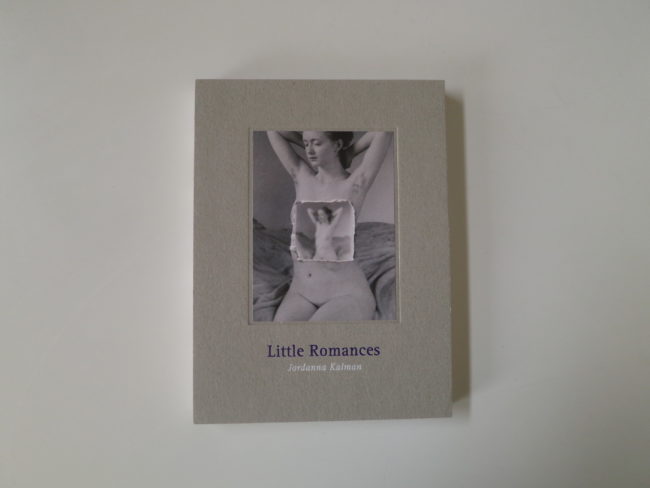

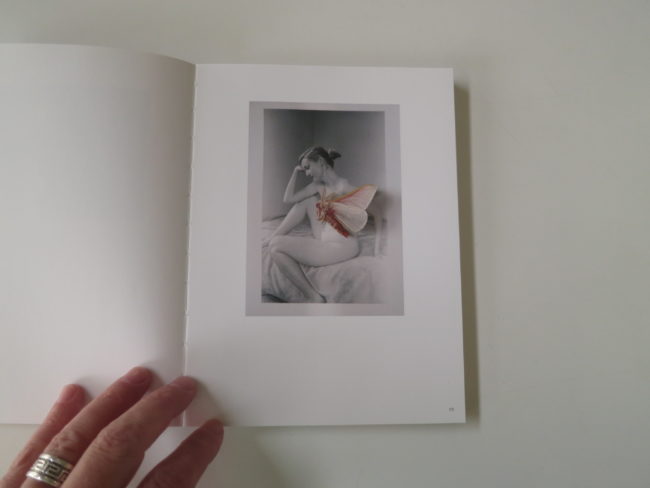

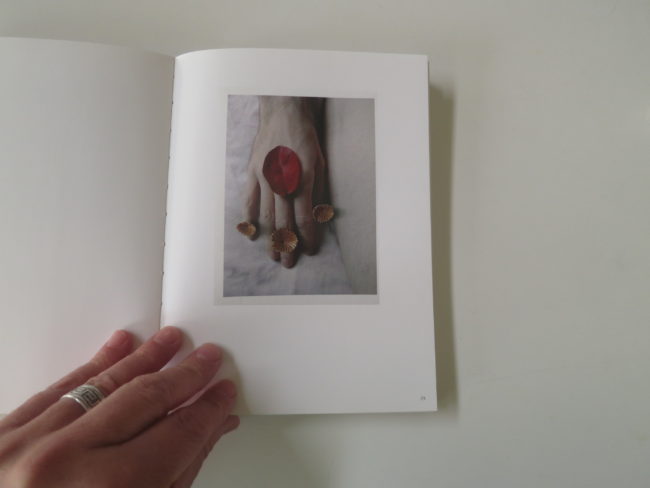

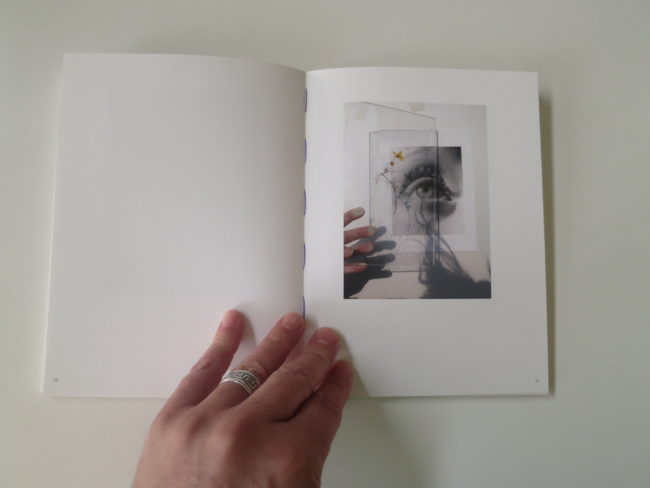

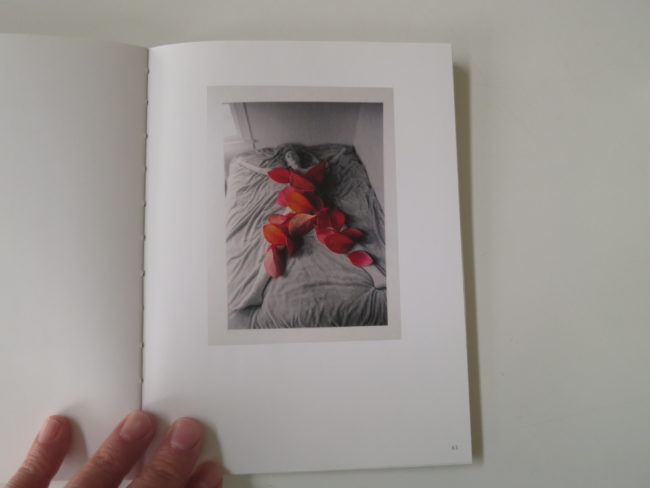


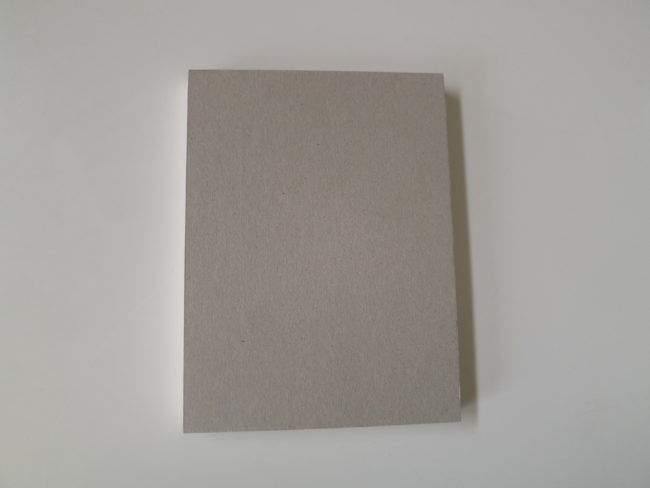
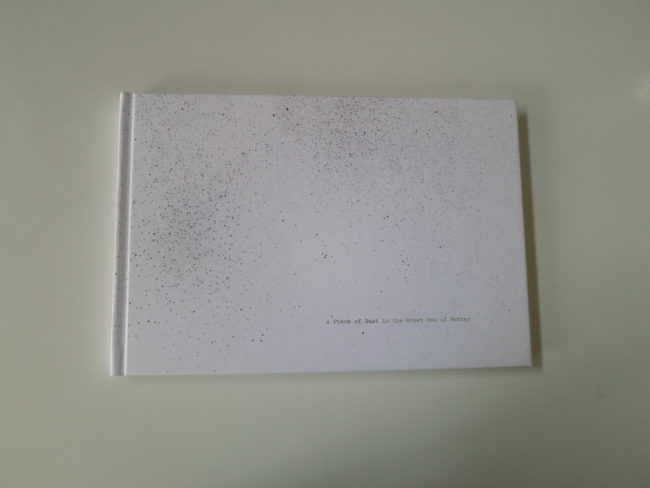
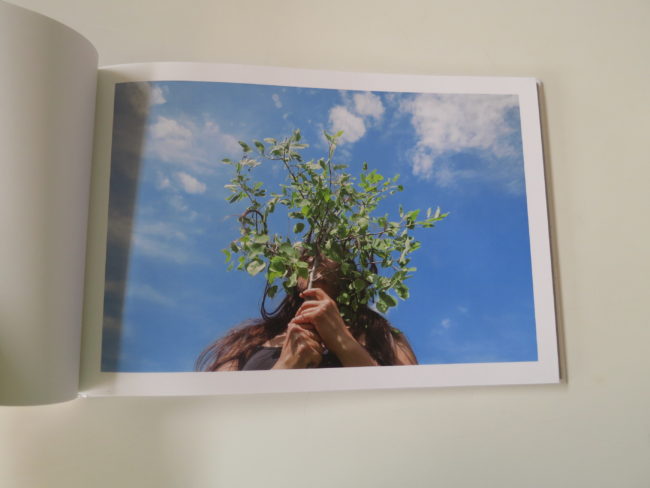
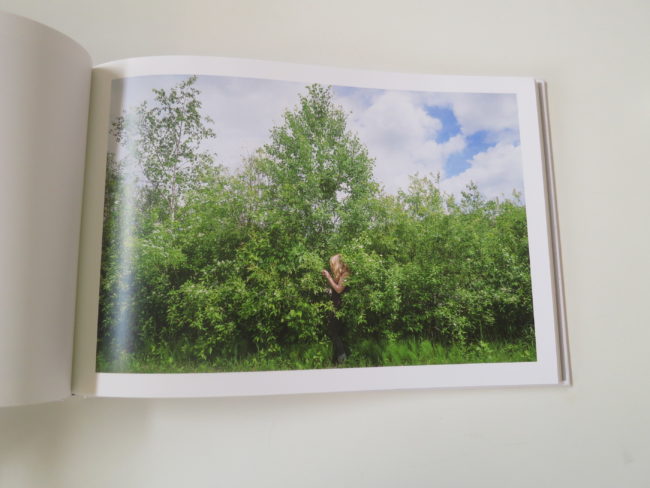
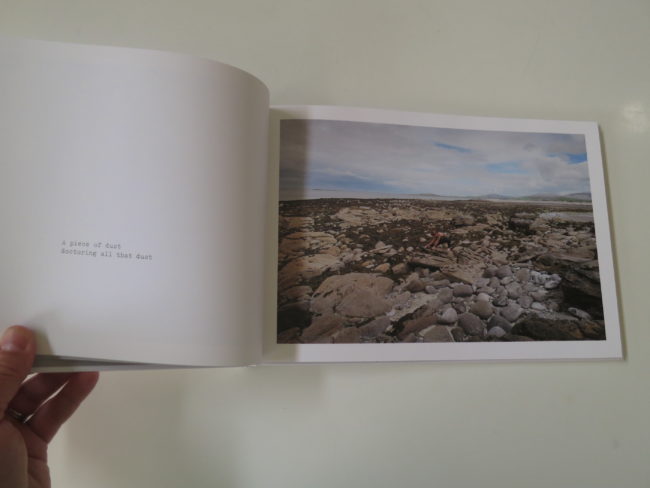
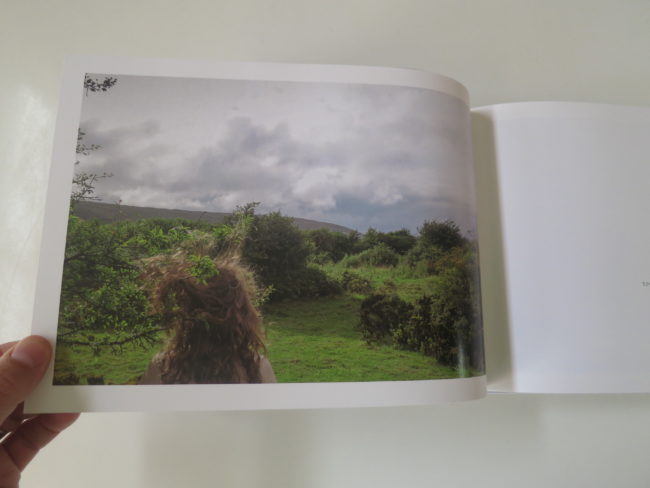
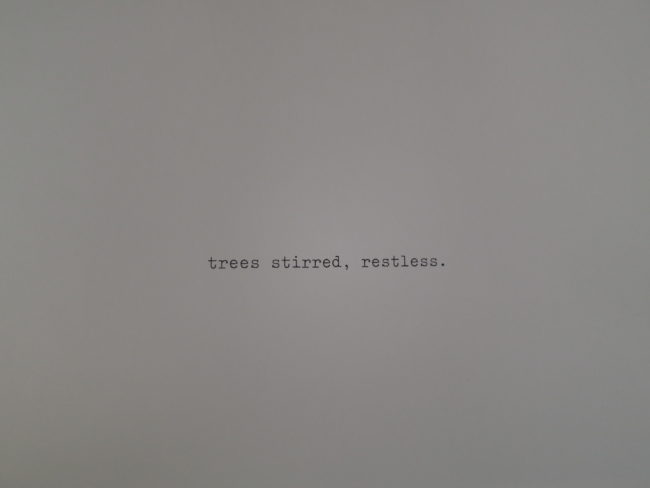
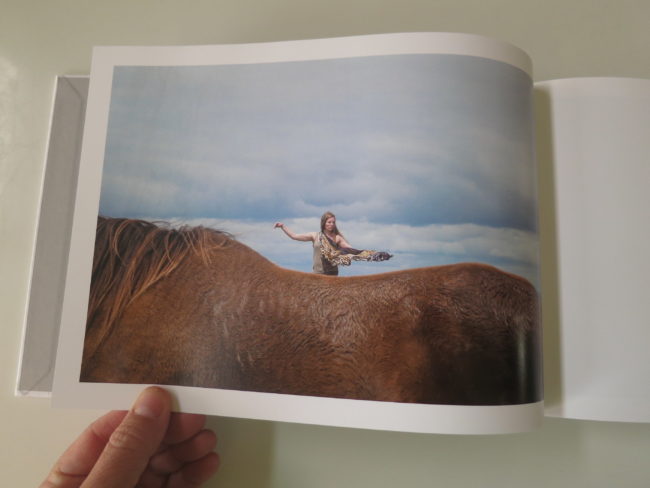
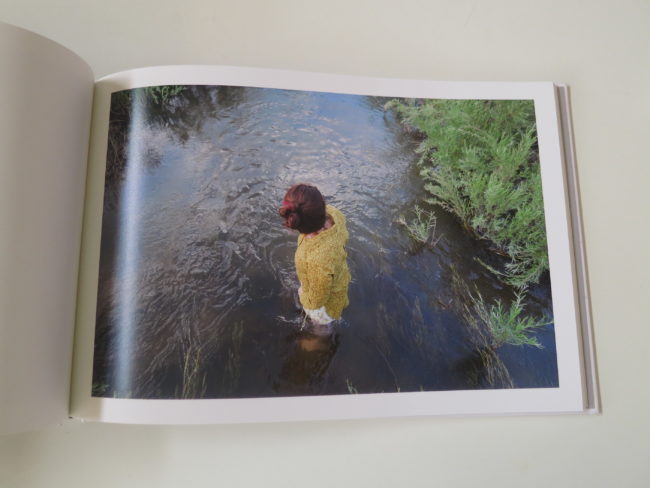
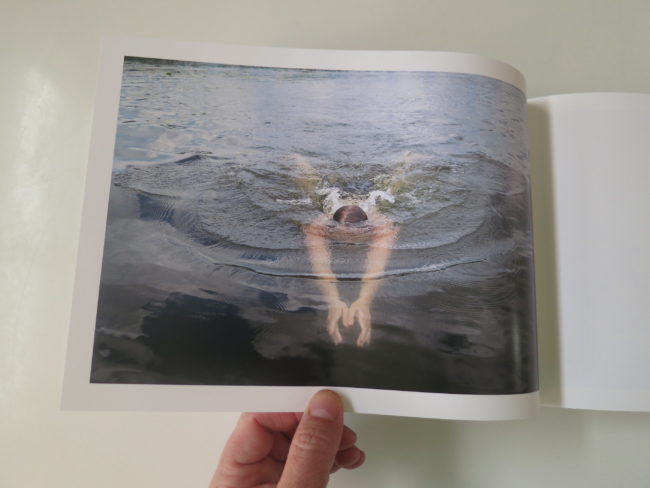
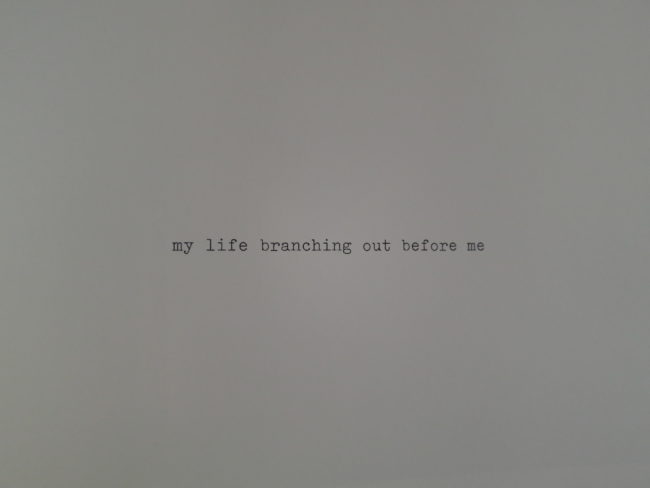
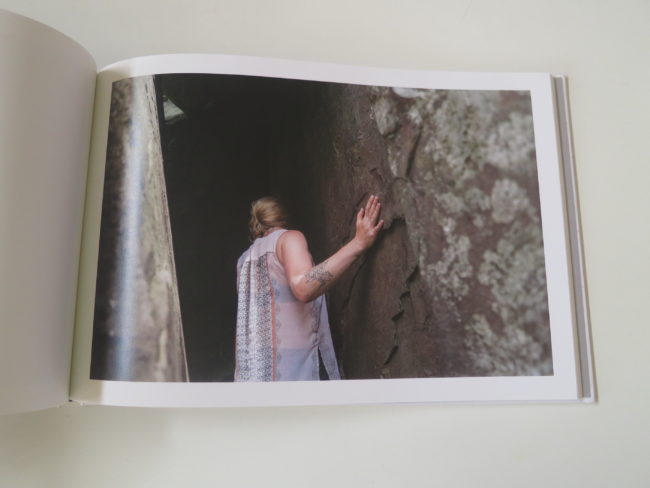
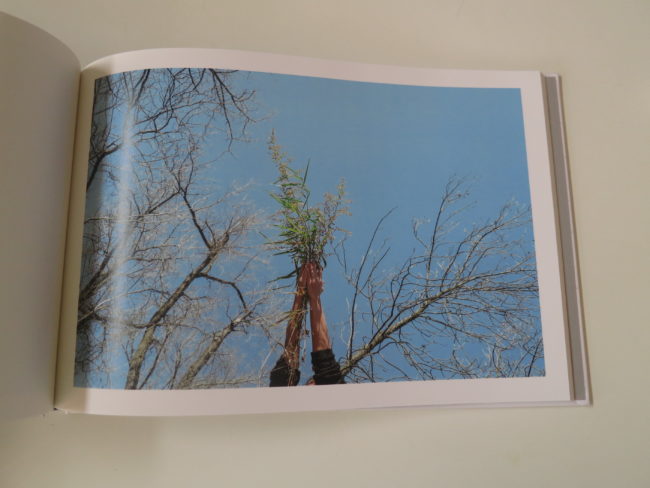
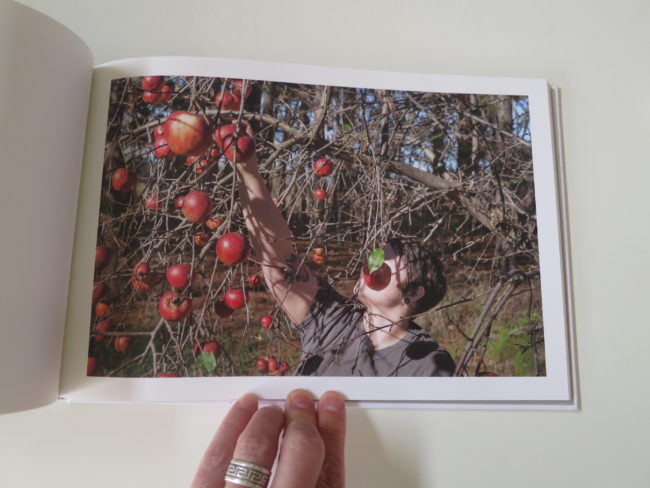

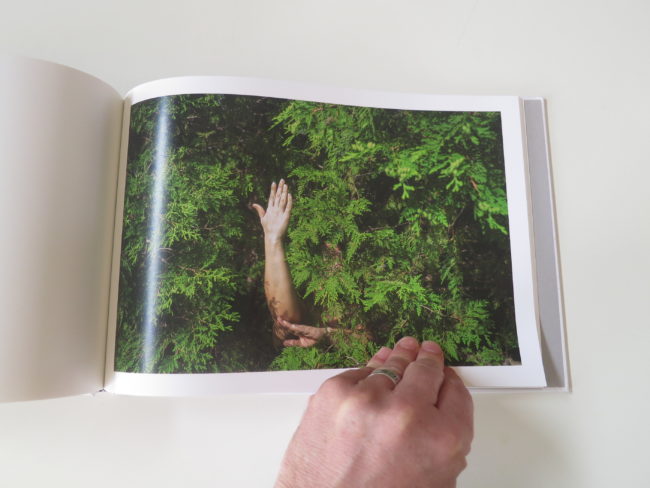





4 Comments
Do you have the same view of Helmut Newton? I wonder if what you don’t think is art but soft-pornography, is perhaps the work of someone who just isn’t all that competent as an artist. I haven’t seen the photos so I might agree that they’re not art as well, so I’m not defending it.
Also, you comment that photos were of: “Very pretty young women, naked, and shot in color by a white, male photographer who appeared to be in his 30’s or 40’s.”
Why is the sex and race of the photographer important? I am seeing this kind of reference a lot lately (not just from you), as if being white and male is some kind of disqualifier. Is it?
I wonder, Jonathan, if a beginning, one that is very unsophisticated, is not to use words like “attractive” or “pretty” when describing an image? In other words, to drop the use of adjectives which are subjective, based on cultural training, social expectations, political orientations. Consider: “a very handsome man” versus “a man” or “a slave” versus “an enslaved person” or “a woman” versus “a woman who matches the definition of what is usually described as “pretty” or “attractive” using traditional Western standards.” Yes, I know that I’ve substituted a mouthful of words to replace one word, but I just wonder if dropping the use of “subjective” adjectives gets us anywhere.
Im really glad you made a post on this. As a woman who despises the male gaze sometimes, its nice to see another man try and understand the implications of female objectification
Thank You for this post. I struggle with images taken by men and women that feed into old norms of misogyny and objectification. More voices and discerning minds do make a difference, even though all women have fathers, I continue to be amazed how long it has taken for male voices to speak up about the danger inherent for their daughters with those two “normalized” habits. Much appreciated.
Comments are closed for this article!